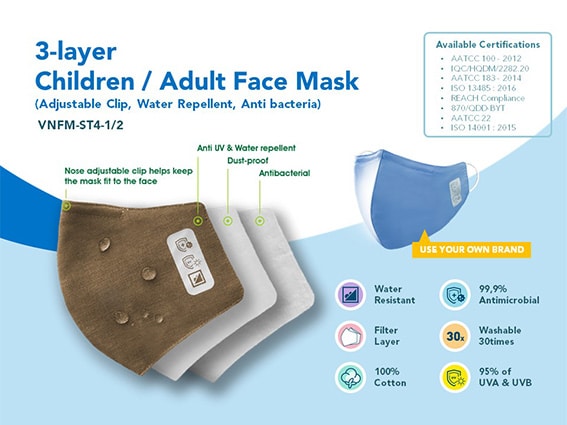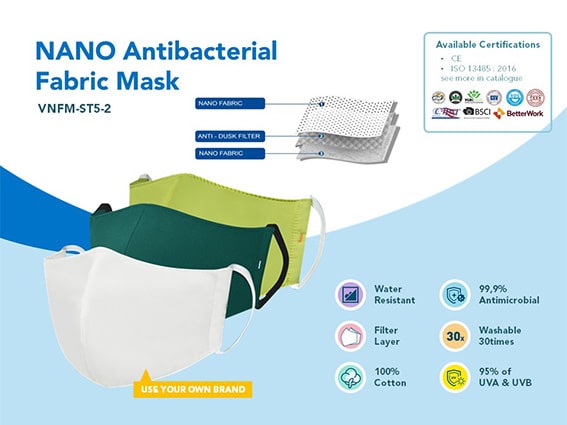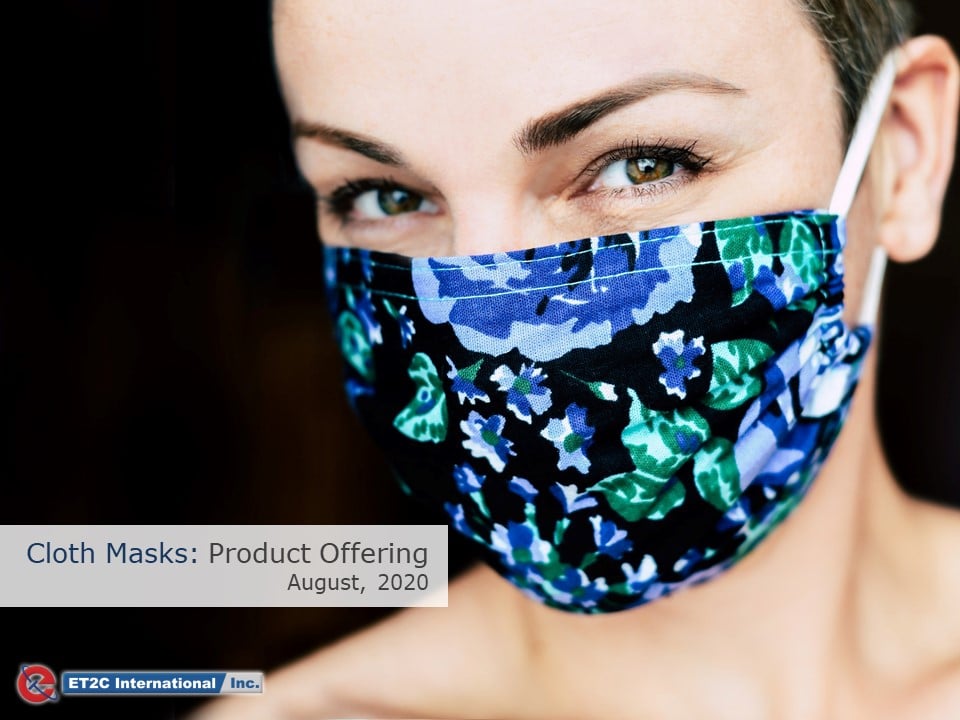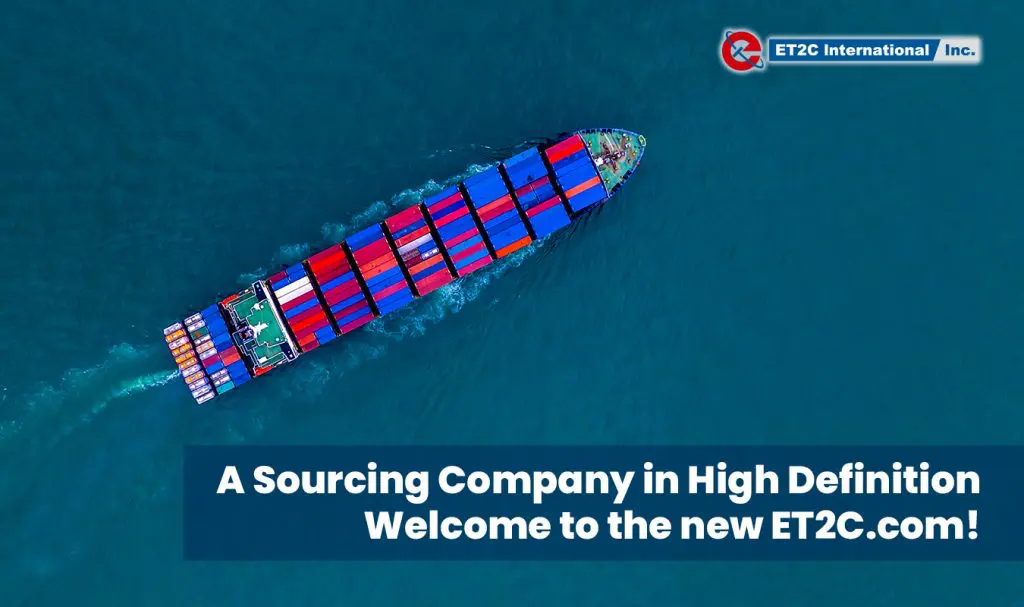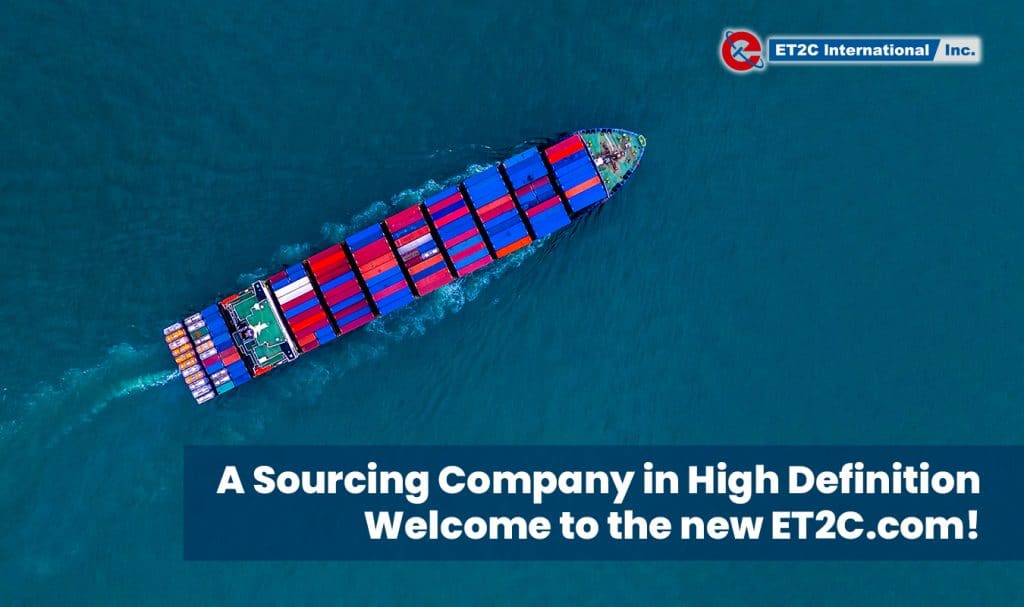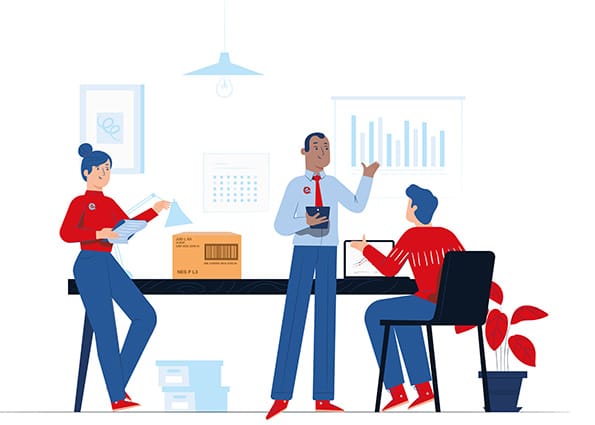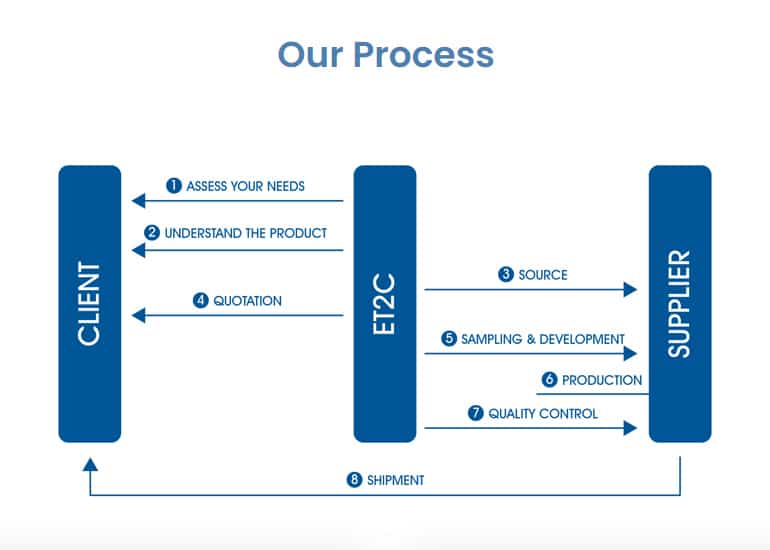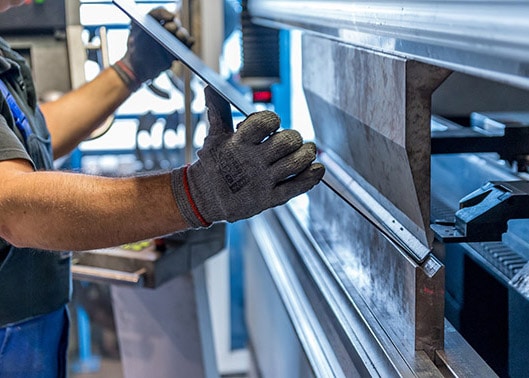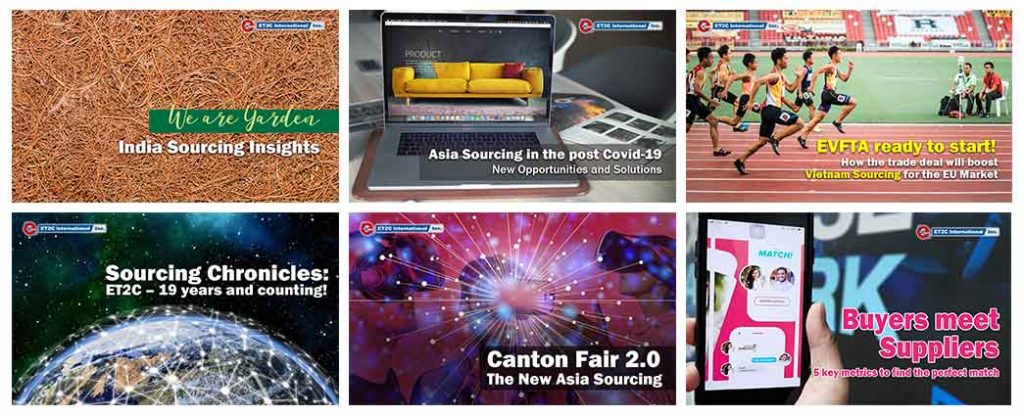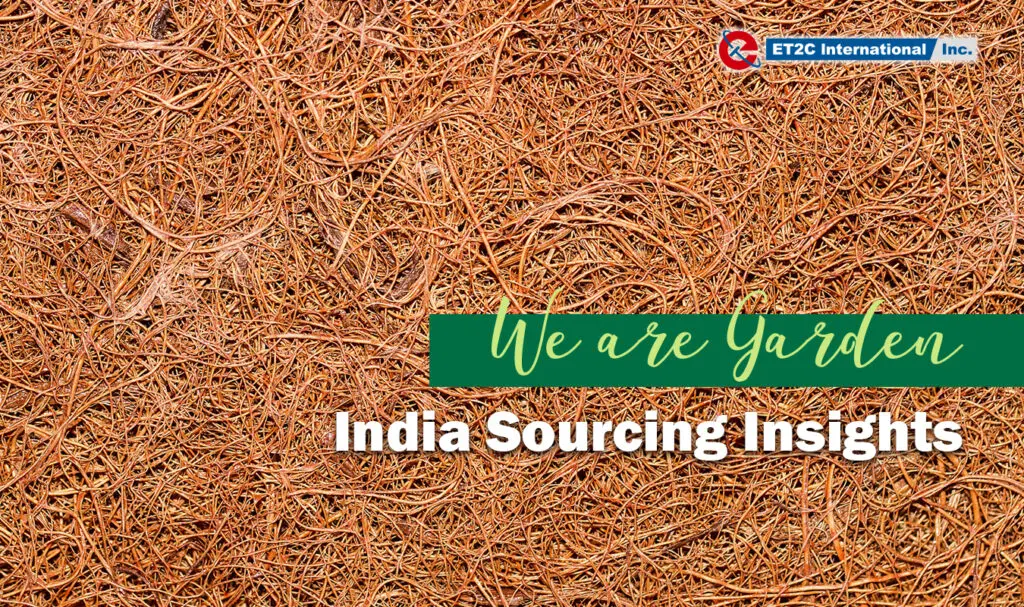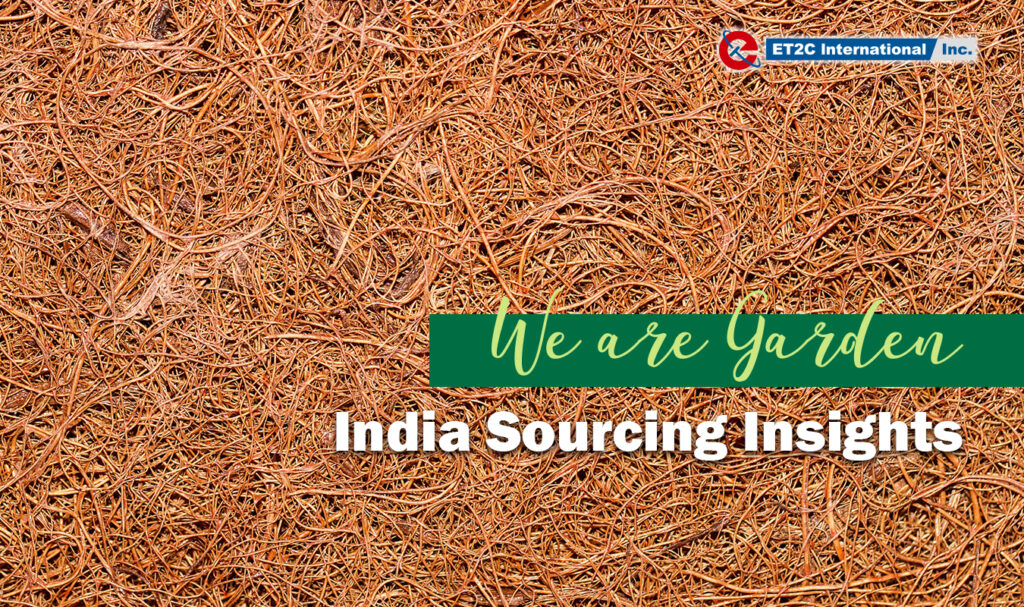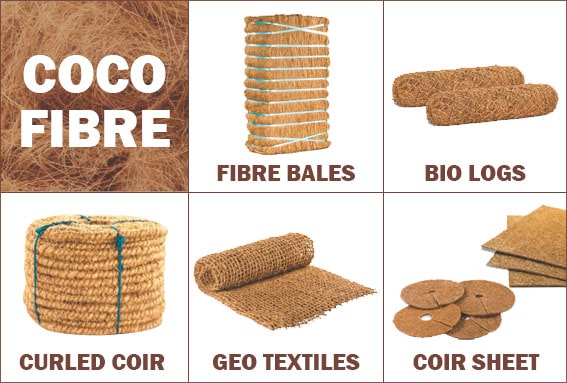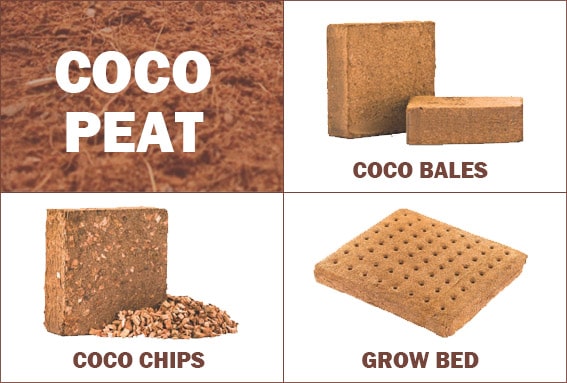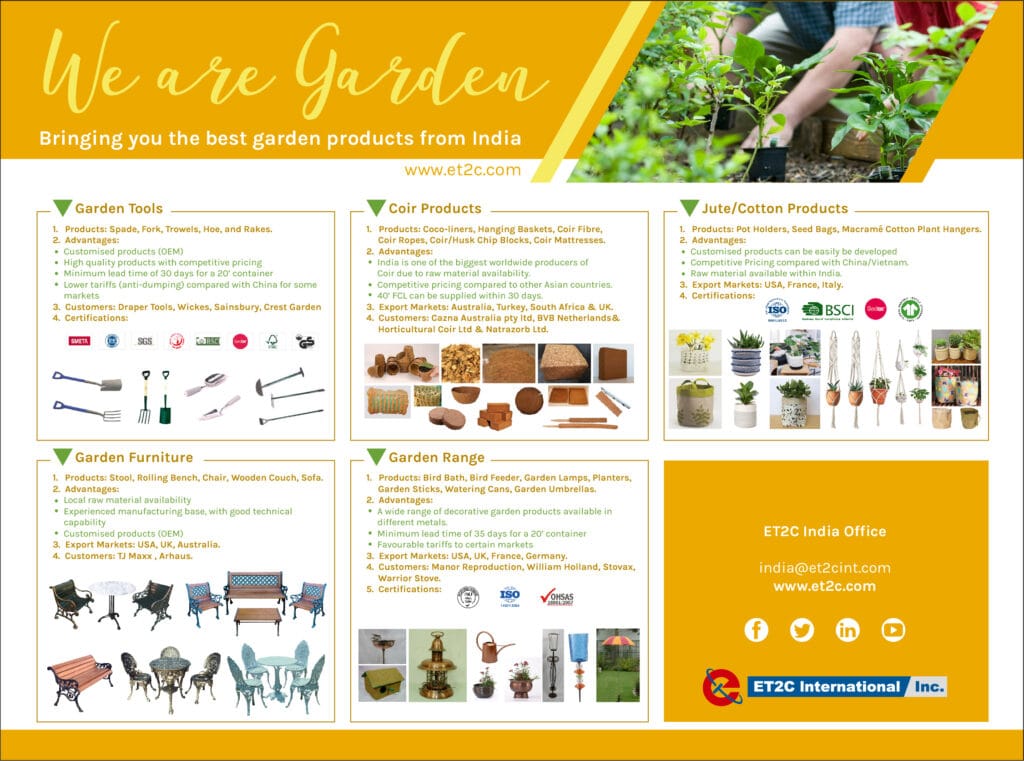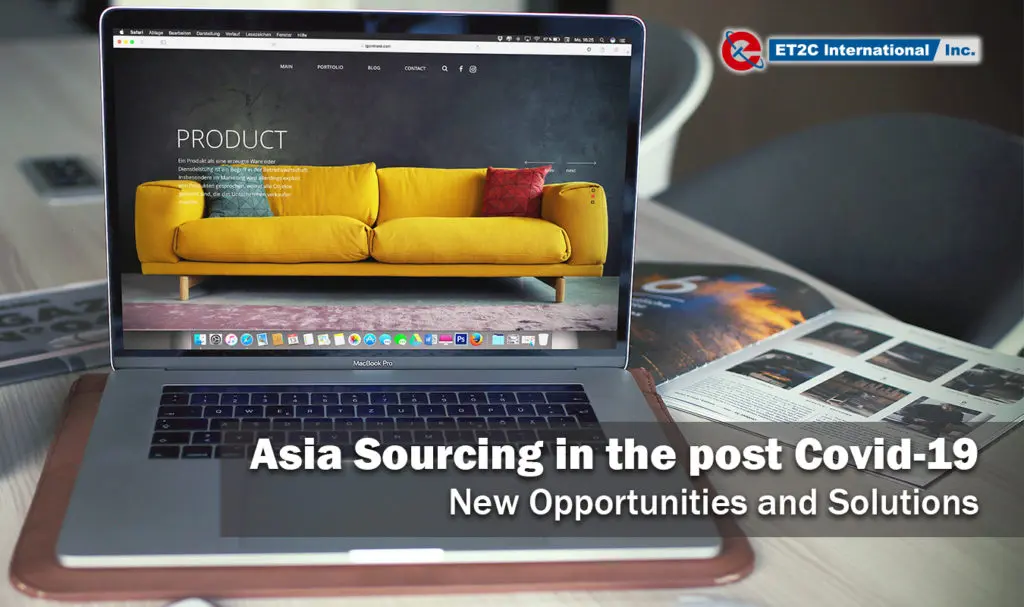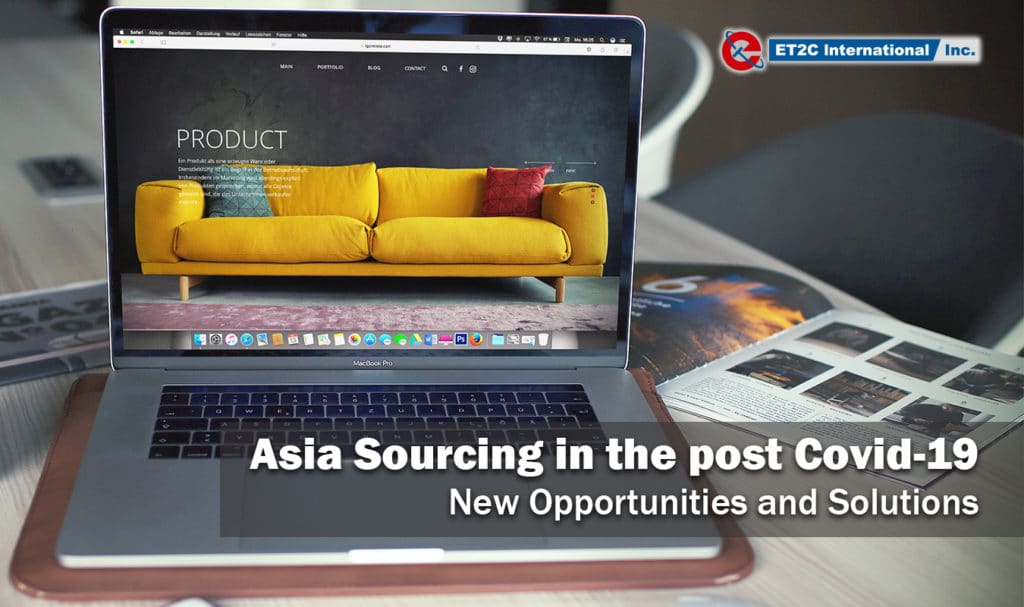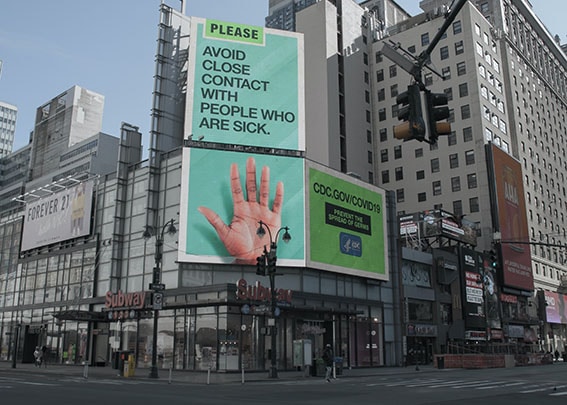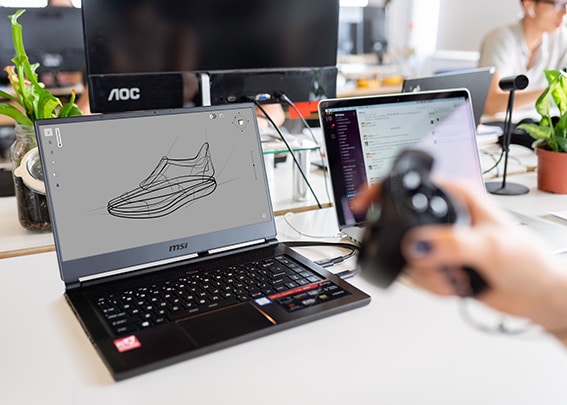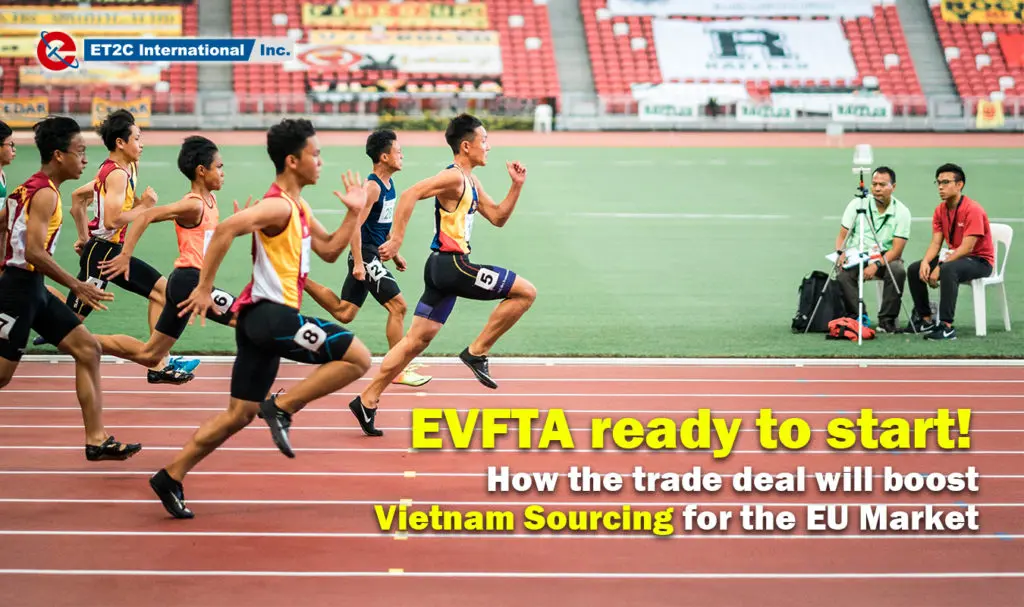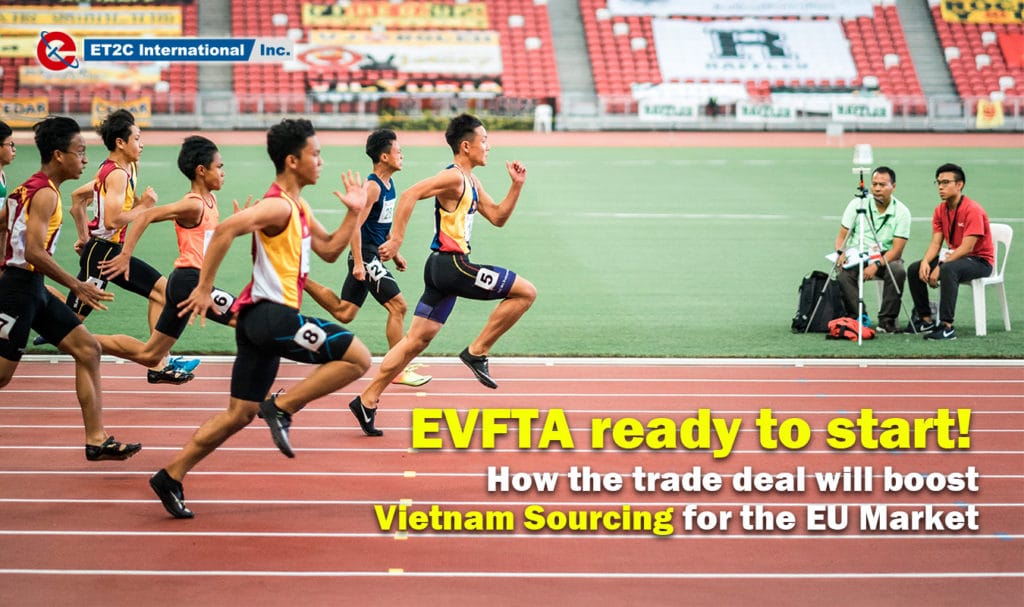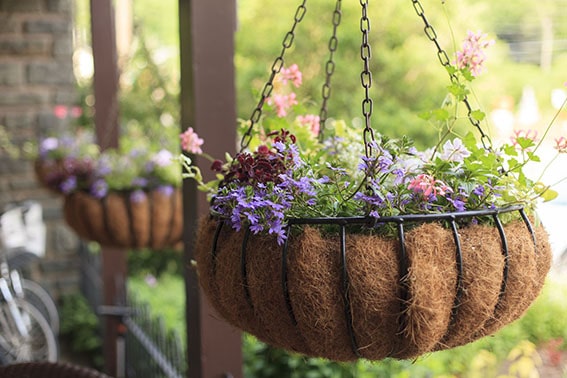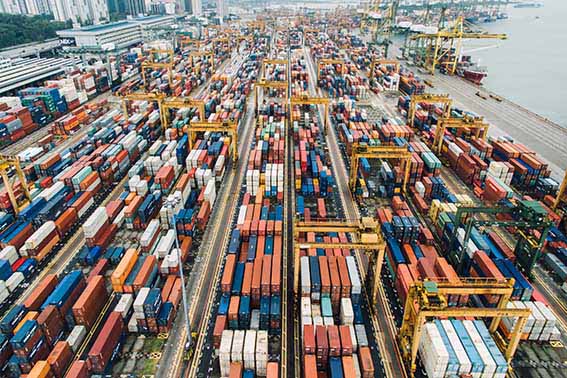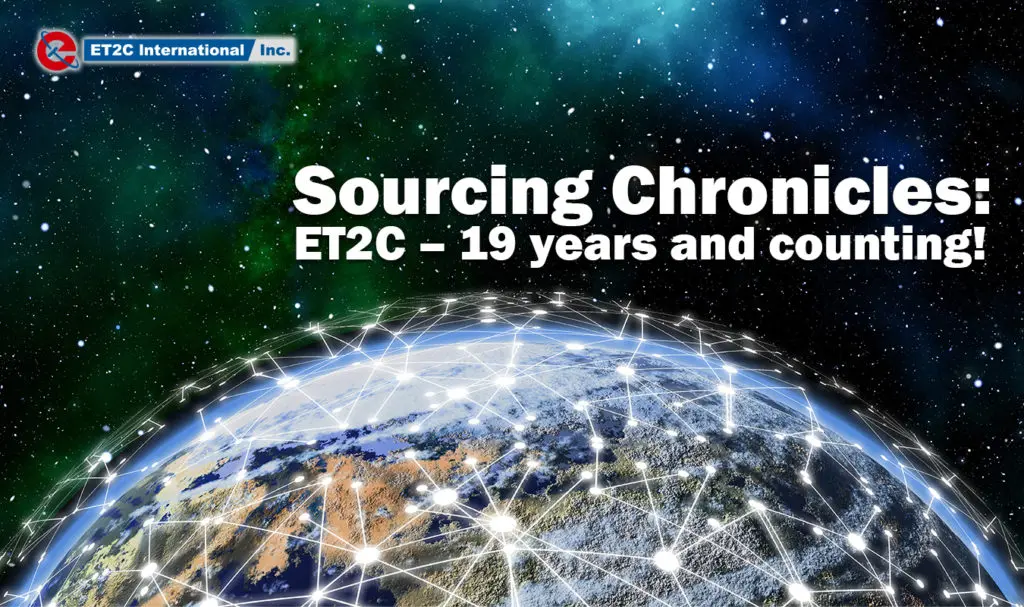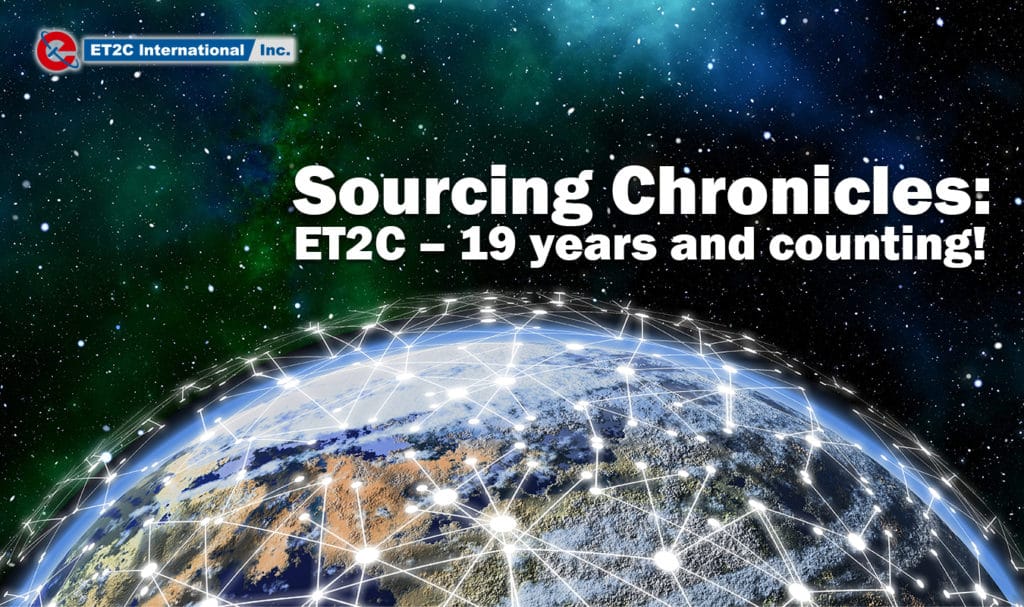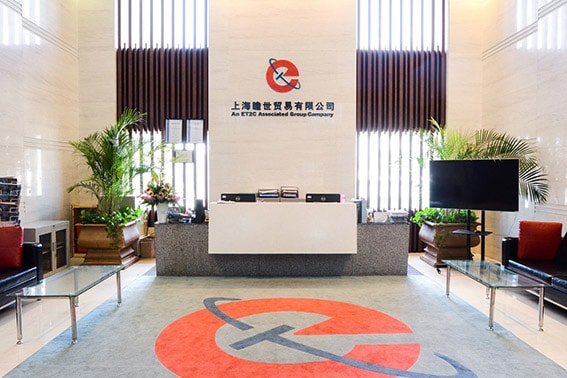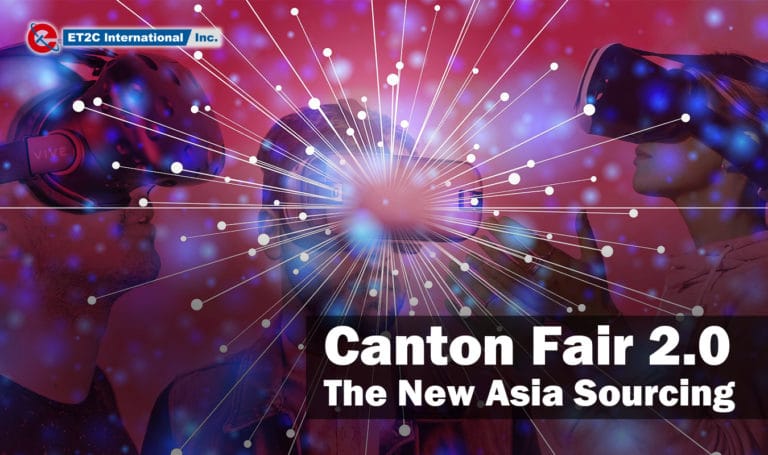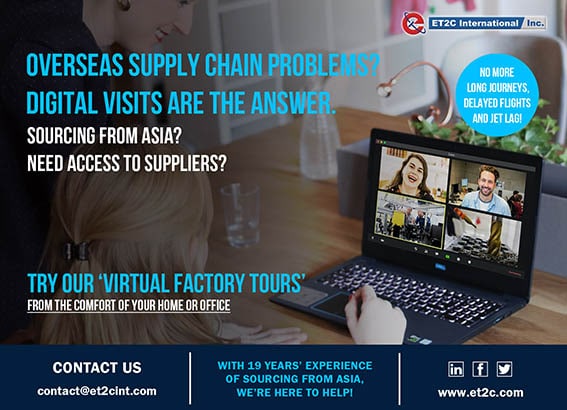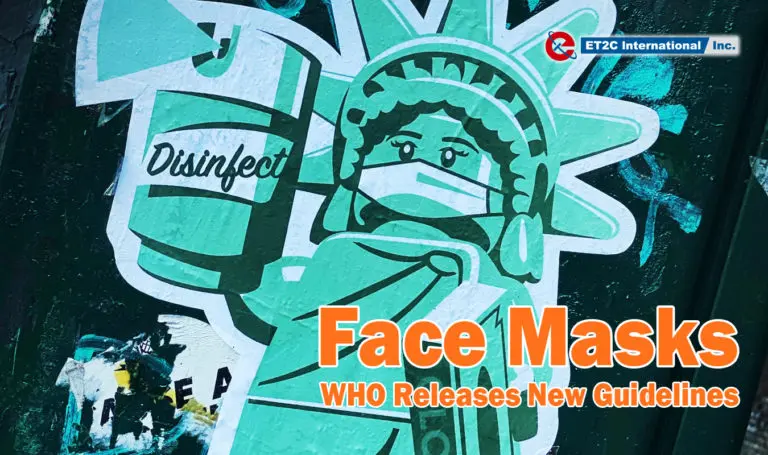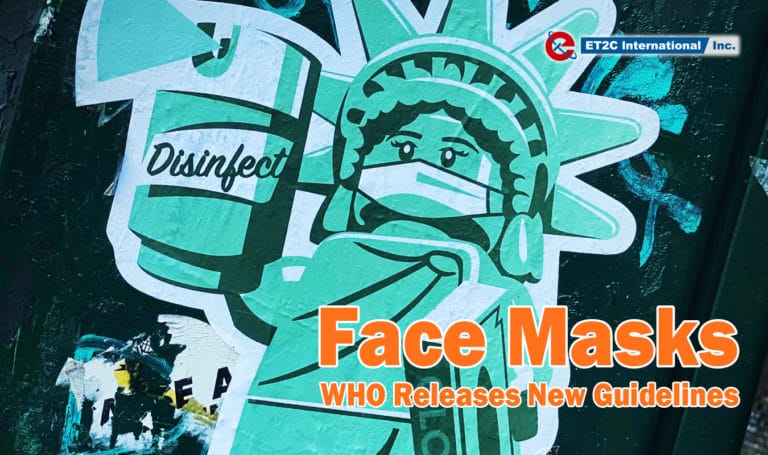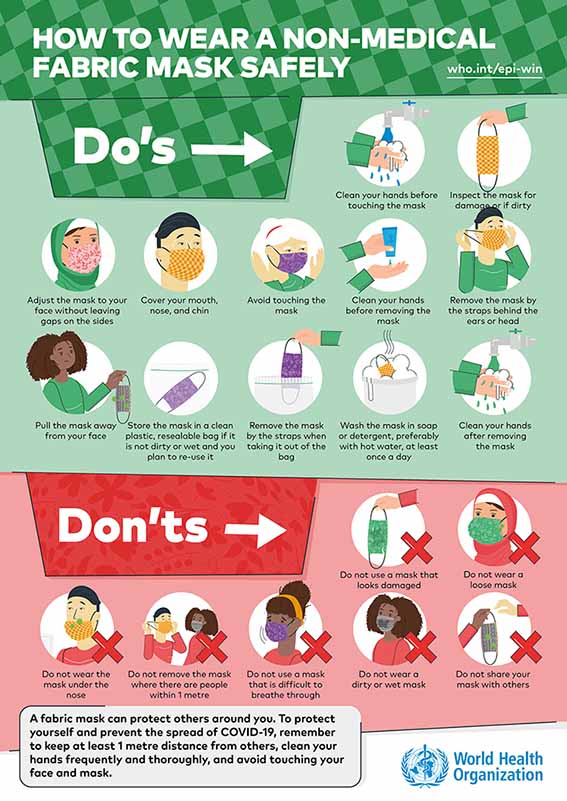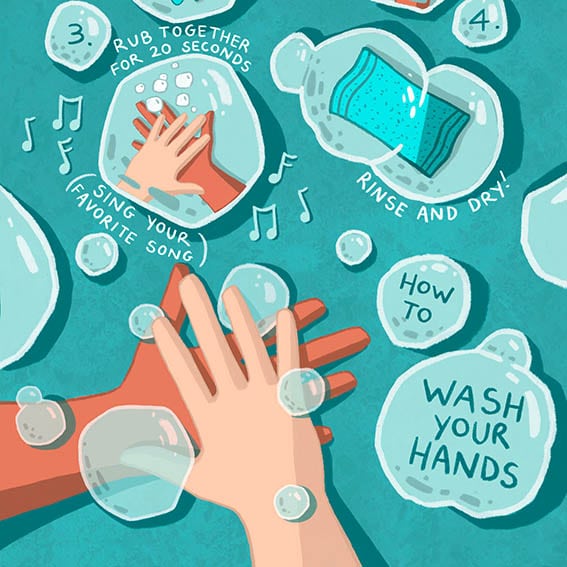Moda rápida – el impacto del Coronavirus: un futuro sustentable
La pandemia del Coronavirus ha centrado la atención en la industria de la moda. A medida que los países y mercados han cerrado en todo el mundo, la industria de la moda rápida se ha visto afectada desde los grandes desfiles hasta los pequeños minoristas.
Las plataformas digitales se han convertido en la norma ahora en muchos aspectos de nuestra vida diaria. Incluso los desfiles de moda en Shanghái, Tokio y Moscú hicieron lo mismo y se digitalizaron. Algunas de las próximas colecciones en las principales capitales de la moda podrían proyectarse a través de una pantalla en esta nueva normalidad post-COVID.
El impacto de la moda rápida
Del mismo modo, la pandemia mundial tuvo un dramático impacto en la moda rápida a nivel minorista. El consumo ha disminuido ya que las tiendas han sido cerradas. Los consumidores han tenido que pensar dos veces antes de comprar ropa por el distanciamiento social y las restricciones para salir de casa que se han estado experimentando.
Indudablemente, estamos reconsiderando nuestro comportamiento anterior; cómo y en qué gastamos nuestro dinero. Se ha discutido antes el impacto que la industria de la moda tiene en el medio ambiente, pero ¿ha acelerado esta pandemia este cambio?
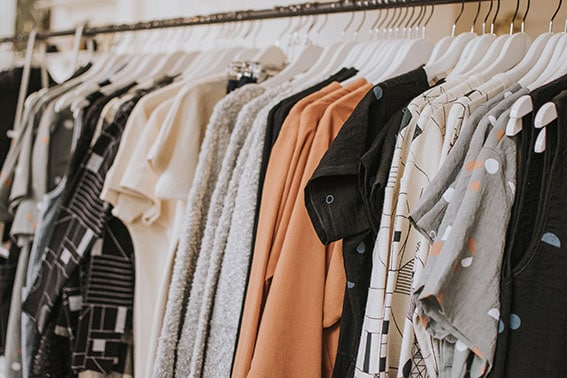
Un panorama de manufactura cambiante
Un punto evidente que esta pandemia ha resaltado a medida que los mercados entraron en cierre, fue la dramática y visible caída de los gases de efecto invernadero, ya que las fábricas se vieron obligadas a cerrar sus puertas (esto no tiene que ver únicamente con la manufactura, o con el sector de ropa específicamente, pero es importante destacarlo en este punto). La Alianza de Naciones Unidas por una Moda Sustentable (UNASF) estima que la industria de la moda representa entre un 8 y un 10% de las emisiones mundiales de gases de efecto invernadero. Podemos ver visiblemente su impacto como consumidores en el medio ambiente a través de los medios de comunicación internacionales.
¿Retos u oportunidades?
Desde una perspectiva de producto, si uno ve hacia atrás en la cadena de suministro, la industria de la confección ha estado fabricando en gran medida donde pueda encontrar mano de obra barata desde la década de 1970. Marcas occidentales buscaron escalar su oferta usando mano de obra de bajo costo. Estos mercados, los fabricantes y (lo más importante) sus trabajadores están ahora inactivos. Anteriormente hemos usado el ejemplo de Bangladesh. Su industria manufacturera de prendas de vestir (84% de todas las exportaciones) se diezmó durante esta pandemia.
Este choque de demanda ha causado un tsunami económico. ¿Pueden algunos medianos productores seguir sobreviviendo? ¿Querrán aceptar pedidos de clientes que les causaron pérdidas financieras significativas? Lo más probable, en ausencia de cualquier intervención del gobierno local en estos mercados asiáticos, es la consolidación en todo el sector de ropa. Por lo tanto, puede ser que con menos competencia y mayor poder con los proveedores (seleccionados por el cliente) los costos comiencen con una tendencia a la alza.
La moda rápida y el consumidor
El proceso de fabricación de una camisa de algodón emite aproximadamente 5kg de dióxido de carbono y 1,750 litros de agua. La gran mayoría de los consumidores no es consciente de esto ni tendría algún impacto en sus decisiones de compra pasadas. El precio siempre ha sido un elemento clave de cualquier decisión de compra. Pero también afecta cómo se trata una prenda en específico en el futuro. Cuando una camisa cuesta $100 pesos, rápidamente se ve como desechable. Esto combinado con la industria de la moda rápida que vende miles de millones de prendas cada año para brindar a sus consumidores las últimas tendencias y el glamour de las pasarelas, promueve que la ropa sea desechable y fomenta el desperdicio excesivo.
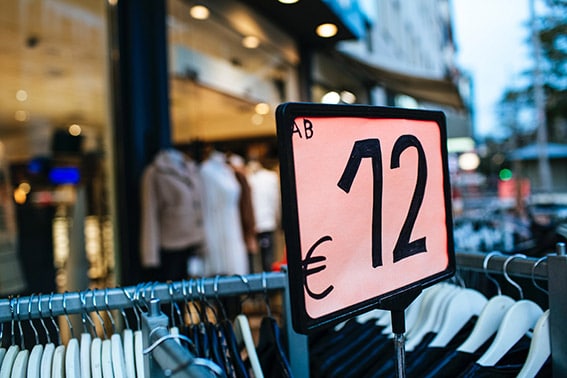
La sustentabilidad y una conducta más sustentable se han visto obligados incluso ante los consumidores más reacios. Sabemos que la sustentabilidad tiene un costo y este ha sido durante mucho tiempo el equilibrio que las marcas han tenido problemas para lograr. Y con cada paso de regreso a la normalidad, la mentalidad del consumidor y los hábitos de compra cambiarán.
Un futuro sustentable
Esta pandemia, a pesar de todo el dolor y el sufrimiento, potencialmente ha puesto freno al consumismo, que ha estado devorando los recursos del mundo a un ritmo insostenible en los últimos 30 años. Esto no quiere decir que la moda no tenga futuro. Ciertamente, siempre hemos buscado expresarnos y la ropa es fundamental para esto. Sin embargo, tal vez esto les haya dado a las cadenas minoristas de moda la oportunidad que necesitaban para invertir más en prácticas sustentables (más costosas) como el reciclaje y el uso de materiales más sustentables como Pinatex (hecho de residuos de hoja de piña). Los informes de sustentabilidad ya son una parte central de los informes anuales de las grandes cadenas minoristas y ahora se esperaría que se aceleren algunas de sus metas.

Ayuda desde la industria de la moda
Mientras esperamos que los confinamientos se relajen, es notable que las casas de moda y los minoristas están haciendo todo lo posible para ayudar a prevenir la propagación de este virus. Proféticamente, Burberry ya tenía mascarillas en su pasarela hacia fines de 2019, pero la mascarilla ha comenzado a integrarse en la cultura popular. Además, muchas casas de moda ahora están haciendo y vendiendo versiones de mascarillas de tela para esta nueva realidad Covid-19. Esperemos que esta no sea una tendencia que deba mantenerse a largo plazo.
En ET2C, estamos aquí para ayudar a nuestros clientes en múltiples sectores y mercados. Por ejemplo, actualmente estamos produciendo una gama de mascarillas de tela para satisfacer las necesidades del mundo y combatir este virus mortal.
Para cualquier consulta, contáctanos para para obtener más información en mexico@et2cint.com.
Moda rápida – el impacto del Coronavirus: un futuro sustentable Read More »

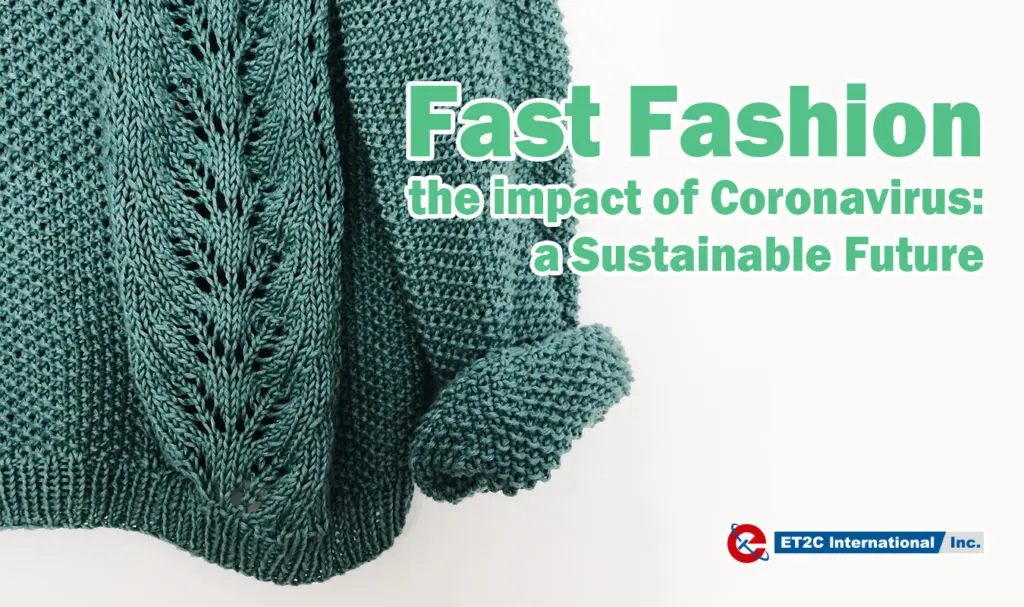
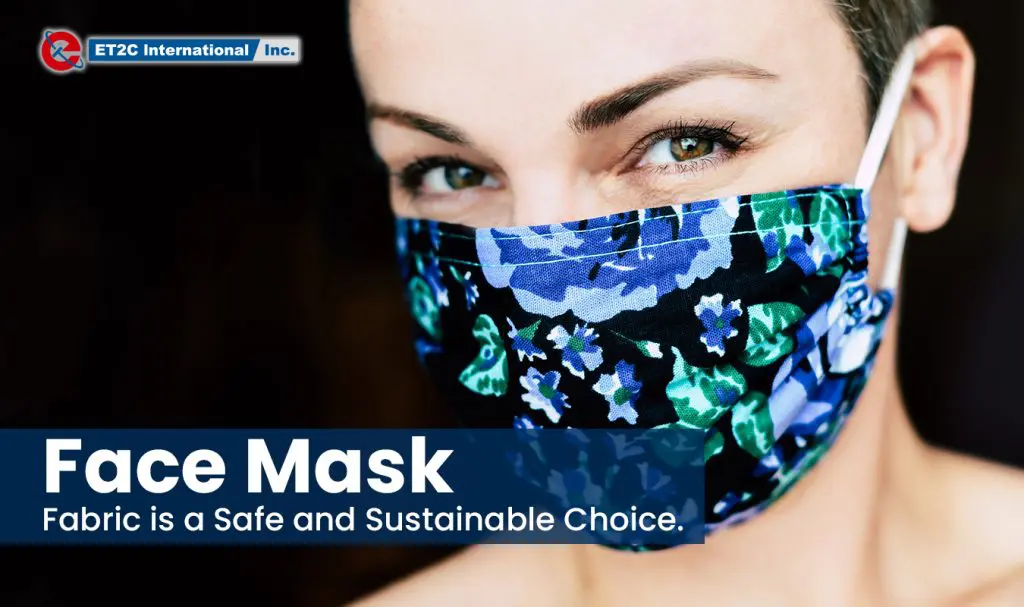
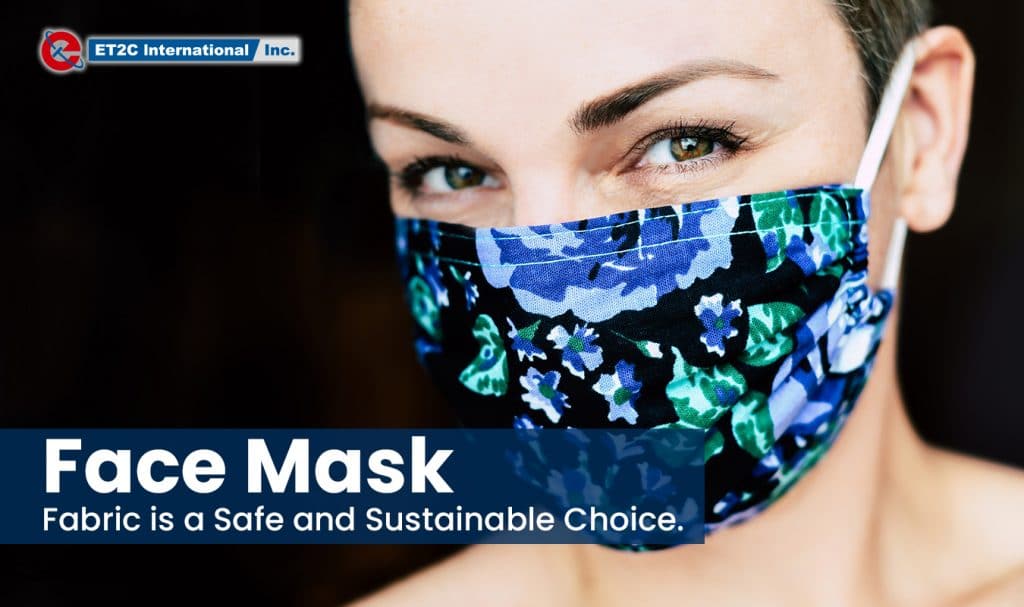 Wearing a face mask is still one of the safest ways of preventing further spread of the coronavirus.
Wearing a face mask is still one of the safest ways of preventing further spread of the coronavirus.
